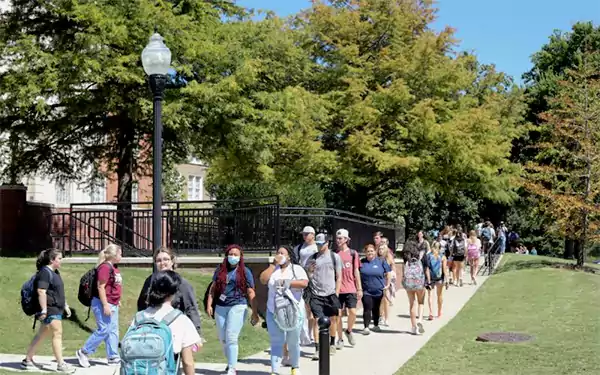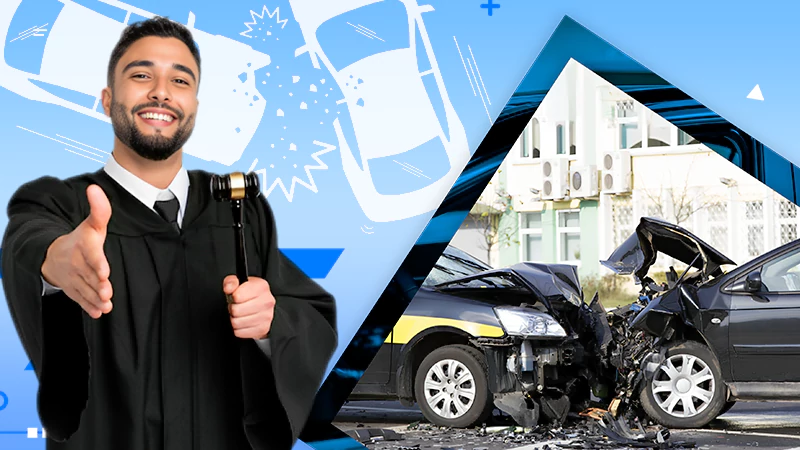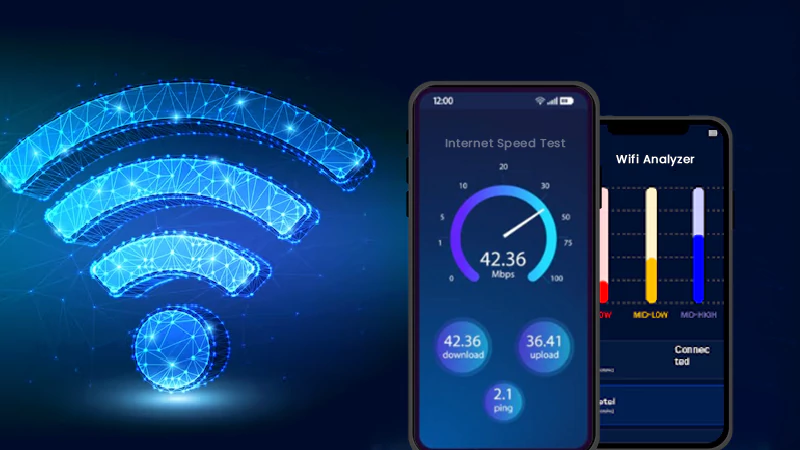Preventing Threats And Mitigating Risks: The Role Of Physical Security Solutions In Campus Safety
One of the biggest blunders that the administration of a college or school campus can make is “not ensuring the safety of its students, faculty, and staff”. With emerging dangers to people’s lives, it has become crucial to build a robust guarding foundation to eliminate the risks of life-threatening events.

This can be done with an effective, innovative, and physically efficient security resolution that will not only encounter the emergency but will also assist in preventing them. In this blog, we’ll discuss some potential dangers and five essential solutions that can act as a campus safety enhancer.
Security Issues Faced by Campuses
There can be many factors why campuses face protection-related issues, let’s have a look at some of them.

Neglecting Clery Act
Signed in 1990 and enacted by the 101st United States Congress, the Clery Act or the Jeanne Clery Disclosure of Campus Security Policy and Campus Crime Statistics Act states that all the educational institutions that participate in federal financial aid to promote safety policies and procedures. It requires these institutions to provide timely warnings of any threat that may occur.
But most of the places do not adhere to this act and the public on the campus premises don’t get time to protect themselves when a life-threatening event occurs.
Addressing Upcoming Hazards
Threats emerge when college security management fails to remain relevant and up-to-date. The most important thing for the administration should be to stay updated and alert about any forthcoming danger, yet the incidents happen due to negligence.
Geographically Disseminated Campus
Most incidents take place in a geographically distributed area. Without a proper security system, it becomes impossible to keep an eye on the crowd in a wide area. And because of this, attackers get the chance to easily escape.
So these were some of the complications administration of a campus can face, now we’ll discuss the steps that can be taken to manage them.
Ways to Manage Campus Security Threats
In this part of the article, we will suggest some approaches which can be used to shield the place securely. Read along and find out.
Video Surveillance Systems
The integration of a high-tech video surveillance system is a crucial first step in building a solid security foundation on any campus. Genetec offers comprehensive access control systems that restrict unauthorized entry while ensuring a safe learning environment.
By seamlessly integrating with video surveillance, emergency communications, and incident management tools, Genetec’s solutions provide robust protection, enhance situational awareness, and promote a secure campus culture for educational institutions.
Access Control Systems
Physical access control systems can drastically reduce the risk of unauthorized entry into sensitive college areas. These can range from conventional card or code-based systems to more advanced biometric solutions like fingerprint and retina scanners.
They not only prevent unwanted intrusions but also maintain a log of entries and exits, making it easier to monitor and control the movement of people within the campus.
Emergency Communication Systems
In the event of a crisis, effective and rapid communication is key to ensuring safety. Emergency communication orders, including public address systems, panic buttons, and emergency mobile notifications, help disseminate information quickly and broadly. These structures can inform individuals about the nature of the threat and guide them toward safety, helping prevent potential harm.
Intrusion Detection Systems
Intrusion detection systems (IDS) enhance area safety by detecting any unusual activity that might pose a threat. This mechanism can detect and alert security personnel about unauthorized entries, tampering with equipment, or other suspicious behaviors.
They can be as straightforward as window and door contact sensors or as advanced as motion detectors and thermal imaging cameras, significantly reducing the risk of unnoticed threats.
Vehicle Barriers And Fencing
Physical barriers, such as fencing and vehicle barriers, offer a line of defense against external threats. This includes preventing unauthorized vehicle access, which can be a significant security concern, particularly on open campuses.
Enhanced with other security measures, such as surveillance cameras and intrusion detection mechanisms, these barriers provide comprehensive perimeter protection.
Cybersecurity Threats Faced by Campuses
Not only the physical emergency, but online crises can also take place at college campuses. We are going to explore some of them.
Poor Vendor Management
Places that outsource information technology or use cloud-based mechanisms can suffer from data loss or theft due to poor management of security controls by the vendor.
Ransomware
Malicious software will keep your data hostage until you pay an amount to release it. It usually gets installed into a system by accidental downloads or clicking on a spam link. It then gets saved into the user’s device and encrypts the hard drive, the user only gets the access back when purchases the key to unlock it.
Denial of Service
It is also a type of cyber attack where the user’s machine or system is flooded with traffic until the system crashes. For example, a hacker can do DoS attack on a college’s website making it impossible for students or faculty to access it for information or other related things.
SQL Injection
If a hacker wants to get confidential info or data about the campus, he can inject malicious code and gather information easily that would not normally be drawn out.
Zero-Day Attack
Zero-day threat occurs when a hacker finds the vulnerability in the software way before the vendor of it does. In this case, before implementing a solution or patch to that software, the system gets already hacked.
These were some of the serious digital attacks that can show up before a campus.
In Conclusion
Integrating security features like Genetec’s video surveillance system, access control, crisis communication arrangement, intrusion detection mechanism, or vehicle barriers can exceptionally boost the overall guarding structure of premises.
Securing a campus does not only mean protecting it from dangers but preventing it in the first place. However, with this rapidly changing technological environment, the mechanism of threats is also growing. Hence, reassessing and reinforcing safety approaches is also vital for protecting people on the premises.
Exploring Common 2-Story Houses Energy Usage Patterns and…
How Long Does It Take to Obtain An…
The Secrets Behind High-Performance Racing Windows
Co-Parenting Strategies for Divorced or Separated Parents in…
How Auto Lawyers Help Victims of Distracted Driving…
How Can an Attorney Help in a Trucker…
What is the Rule of Thumb for Pipes?
Best DVD Rippers for Windows & Mac: Free…
Reducing the Impact of Unexpected Construction Expenses
8 Ways to Improve Wi-Fi Speed and Stability…
What Information Can Be Gleaned From a Funnel…
Essential Strategies to Make Hotel Management Easier












